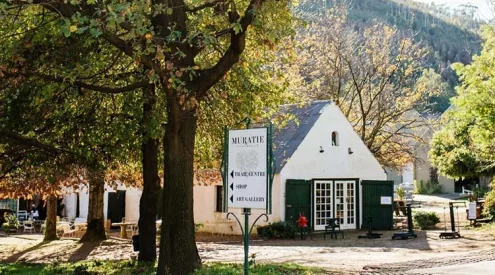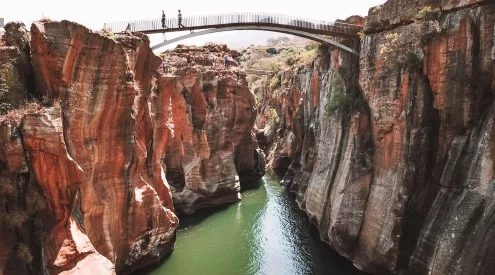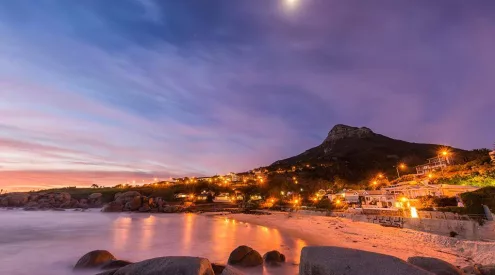Mount Everest’s 2020 climbing season begins in April and lasts through May, however, as the season is about to start there is concern over the delay in the approval of Nepal’s new safety regulations.
In 2019, 11 climbers died on Earth’s highest mountain and images of hundreds of climbers trapped in a tightly-packed line on the summit ridge went viral last year.

The traffic jam which caused delays of about three hours on the tip of the mountain, where the air is thin and bottled oxygen is limited.
‘I have had bottlenecks on mountains before but not this many people at such high altitude,’ said Nirmal Purja, a climber who photographed the scene. ‘If the weather had turned, he said, “it could’ve been a real disaster”,’ reported the New York Times.
Last year, Nepali officials granted 381 permits, the most to date, (this number excludes the Nepali support staff) which led to an outcry. As a result, in August 2019 Nepali officials proposed new safety rules which could significantly reduce the number of permits, for attempts to climb the world’s highest peak, issued.
So far it has been easier to get a permit to climb on the Nepali side of the mountain, while those who want to ascend from the northern side, which falls in China, face stricter safety regulations and fewer available permits.
Nepal, being one of Asia’s poorest countries, is far more reliant on the $11,000 per person climbing permit than China is and according to the New York Times, it could be this reliance which is holding up approval of the new safety regulations.
Featured Image: Pixabay


















